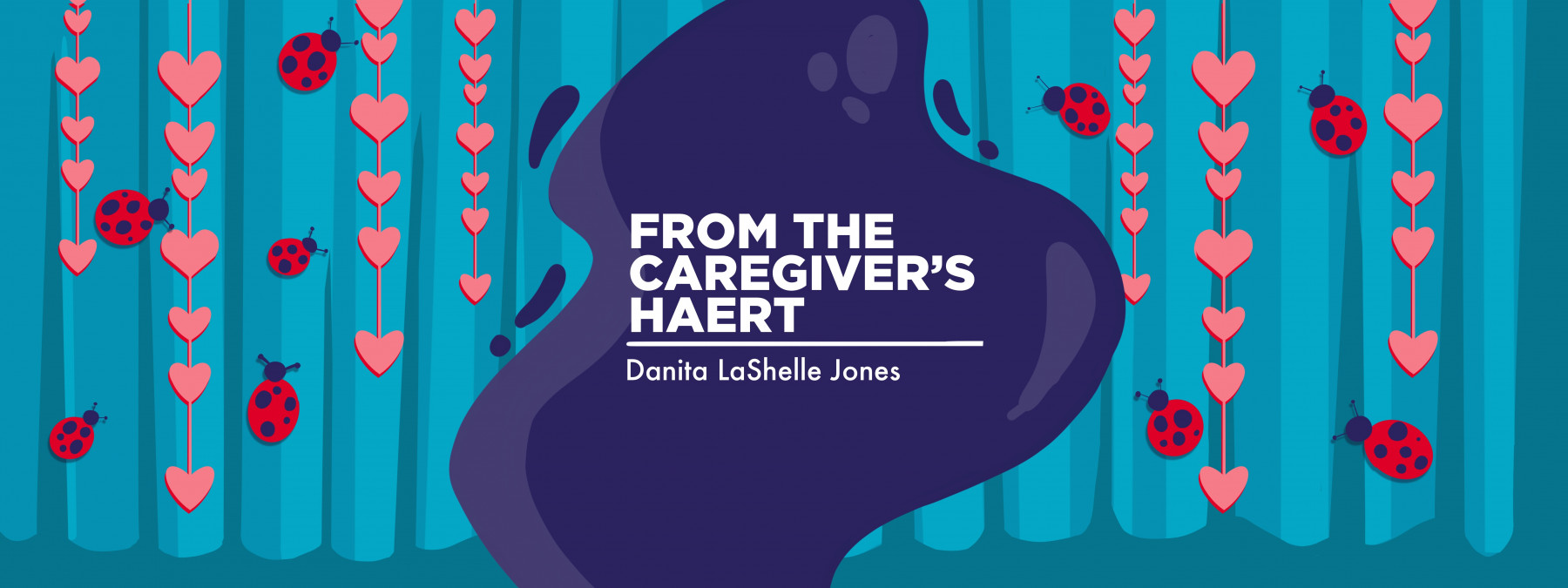As Caregivers, We Must Take the Time to Take Some Time
Written by |

It was almost over. The fine arts magnet school I attended was almost done with a Broadway-worthy, 13-show run of the school’s Christmas musical.
The musical itself was a massive undertaking. “Mr. Grumpy’s Toy Shop” (an adaptation of Charles Dickens’ “A Christmas Carol”) involved over 300 students, historically accurate costumes, and a massive hand-painted set. And while those things required an enormous number of parent volunteers, carpenters, and seamstresses, the play’s success hinged on the talent of the piano accompanist, my mother.
Although my mother was an award-winning third-grade teacher, she was also the show pianist for the school’s productions. Known for her ability to seamlessly transition between any genre of music and transpose keys while she was sight-reading pieces for the first time, there was no question in the show director’s mind about whom she wanted for the job.
Unfortunately, that meant my mother had to be at every rehearsal and performance. At the same time, she not only juggled her teaching duties but also her duties as co-minister of music with my father at our local church.
“You need a break,” I heard my father say to her late one night.
“I don’t have time,” she replied.
I heard him sigh. It was a conversation he’d had with her often. “Just take one,” he said finally.
“I will,” she replied. “I just have to get past Grumpy’s.”
The night after the 12th show, I remember my parents dropping me off at home, instructing teenage me to ensure I got all my stage makeup off, and telling me to warm up my food that was in the refrigerator. They knew I would be OK for two hours while my father took my mother to her favorite restaurant. She was exhausted, and she needed the moment.
Shortly after they left, a family member called to inform us my uncle had fallen gravely ill and they needed my mother at the hospital right away. Even at 13 years old, I knew this would set off a series of events that would not allow her to get the break she desperately sought.
“Don’t wait until you have time for the break,” she told me when I entered my 30s. “There’s never time. Don’t be like me.” I patted her hand and vowed I wouldn’t make the same mistake.
Yet, as I wrapped a major production at my own theater company in 2020, the exhaustion level I felt was unlike any I had experienced. Although directing and producing a show brought a level of fatigue, the recent uptick in our oldest daughter’s (whom we refer to as Ladybug) hospital stays had taken its toll.
“I just need to get past the show,” I said to my husband after his insistence that I take a break.
However, the day after the show closed, Ladybug’s face swelled to a painful size due to her hereditary angioedema. I immediately had to get her to the hospital to receive treatment. Soon, I found myself saying, “Once we get past this ER visit,” or, “Once we get past these odd stomach pangs,” or, “Once we get past this tingling in her hands … I will take a break.”
But even with the onset of the pandemic bringing a halt to my theater company’s performances, it didn’t stop the caregiving for Ladybug. Although we were able to do preventive treatments for her at home, it didn’t cease her fear of needles, anxiety over hospital stays, or frequency of her flares.
A year later, I realized this “break” I promised I would take after the show was over wasn’t coming. I had become what I promised I wouldn’t: my mother.
In 2021, during a weekend away that my husband all but forced me to take, I sat alone in a quiet hotel room and watched the sunrise. It was the first time since the onset of Ladybug’s illness that I had been away from her.
And you know what? She was OK when I came back. And I returned to her refreshed and better because even though I didn’t have the time, I needed it.
As caregivers, the worst thing we can do is think that we’re better when we don’t take time to relax and rejuvenate. The goal should never be to marathon our time, but attempt to offer our best selves as we continue on this journey.
Note: Angioedema News is strictly a news and information website about the disease. It does not provide medical advice, diagnosis, or treatment. This content is not intended to be a substitute for professional medical advice, diagnosis, or treatment. Always seek the advice of your physician or other qualified health provider with any questions you may have regarding a medical condition. Never disregard professional medical advice or delay in seeking it because of something you have read on this website. The opinions expressed in this column are not those of Angioedema News or its parent company, Bionews, and are intended to spark discussion about issues pertaining to angioedema.







Leave a comment
Fill in the required fields to post. Your email address will not be published.